Simplified Settlement Geography By Dr. Krishnanand

Simplified Settlement Geography
Embark on a fascinating journey through the landscapes of human settlements with “Simplified Settlement Geography” by Dr. Krishnanand. This comprehensive textbook offers a clear and concise exploration of the nature, evolution, and dynamics of rural and urban settlements. Whether you’re a student, urban planner, or geography enthusiast, this book will deepen your understanding of the complex processes shaping human habitation patterns.
Contents:Simplified Settlement Geography
Chapter 1: Nature & Scope of Settlement Geography (Pages 5-15) Gain insight into the interdisciplinary field of settlement geography, understanding its scope and relevance in analyzing human settlement patterns and spatial organization.
Chapter 2: Evolution of Settlements (Pages 16-25) Explore the historical development of human settlements, tracing their evolution from ancient times to modern urban centers, and understanding the factors driving settlement growth and expansion.
Chapter 3: Factors affecting the Settlement Patterns (Pages 26-42) Examine the diverse factors influencing settlement patterns, including physical geography, socio-economic factors, cultural influences, and technological advancements.
Simplified Settlement Geography
Chapter 4: Classification of Settlements (Pages 43-51) Learn about different typologies of settlements, including rural, urban, and peri-urban areas, and the criteria used to classify settlements based on their size, function, and spatial organization.
Chapter 5: Morphology of Rural Settlements (Pages 52-61) Understand the physical layout and structure of rural settlements, including dispersed, nucleated, and linear patterns, and the factors shaping their morphology.
Chapter 6: Rural Settlements: Types and Patterns (Pages 62-73) Explore the diversity of rural settlement types and patterns, including hamlets, villages, and farmsteads, and the socio-economic activities that sustain rural communities.
Simplified Settlement Geography
Chapter 7: Environmental Issues in Rural Settlements (Pages 74-83) Examine environmental challenges faced by rural settlements, including access to clean water, sanitation, waste management, and sustainable land use practices.
Chapter 8: Hierarchy of Urban Settlements (Pages 84-91) Learn about the hierarchical structure of urban settlements, including cities, towns, and villages, and their functional roles within regional and national urban systems.
Chapter 9: Classification of Urban Settlements (Pages 92-102) Explore different classifications of urban settlements based on population size, economic functions, administrative status, and cultural significance.
Chapter 10: Urban Morphology: Concept & Theories (Pages 103-113) Understand the concept of urban morphology and theories explaining the spatial structure and form of urban areas, including concentric zone theory, sector model, and multiple nuclei model.
Chapter 11: Central Place Theory (Pages 114-126) Examine Christaller’s central place theory and its application in understanding the spatial distribution of urban centers and the hierarchy of service provision in urban systems.
Chapter 12: Primate City: Concept & Applications (Pages 127-139) Learn about primate cities, dominant urban centers disproportionately larger than other cities in the same country, and their impact on national urban systems and regional development.
Chapter 13: Rank Size Rule (Pages 140-151) Explore the rank-size rule, which describes the relationship between the population sizes of cities in a country or region and their hierarchical ranking, revealing patterns of urban distribution.
Chapter 14: Sphere of Urban Influence (Pages 152-165) Understand the concept of the sphere of urban influence, the area surrounding a city or metropolitan region that is economically, socially, and culturally integrated with the urban core.
Chapter 15: Rural-Urban Fringe (Pages 166-177) Examine the rural-urban fringe, transitional zones between rural and urban areas characterized by mixed land uses, peri-urban agriculture, and socio-economic interactions.
Chapter 16: Satellite Towns/Cities (Pages 178-188) Learn about satellite towns and cities, planned urban developments located outside major metropolitan areas, designed to alleviate urban congestion and promote regional development.
Chapter 17: Metropolitan Regions, Conurbations & Megalopolis (Pages 189-199) Explore large-scale urban agglomerations, including metropolitan regions, conurbations, and megalopolises, and the challenges and opportunities associated with their rapid growth and expansion.
Chapter 18: Functional Classification of Indian Cities (Pages 200-208) Examine the functional classification of Indian cities based on their economic specialization, administrative functions, and cultural significance, highlighting the diverse urban landscape of India.
Chapter 19: Trends and Pattern of World Urbanization (Pages 209-217) Investigate global trends in urbanization, including the increasing concentration of populations in urban areas, the growth of mega-cities, and the challenges of urban sustainability and resilience.
Chapter 20: Future Cities (Pages 218-230) Imagine the cities of tomorrow, exploring futuristic urban planning concepts, smart city initiatives, and innovative approaches to sustainable urban development.
Chapter 21: Sustainable Urban Development (Pages 231-238) Learn about strategies for promoting sustainable urban development, including eco-friendly infrastructure, green building practices, and community-driven initiatives for urban resilience.
“Simplified Settlement Geography” by Dr. Krishnanand is an indispensable resource for anyone interested in understanding the complex dynamics of human settlements. With its comprehensive coverage, clear explanations, and insightful analysis, this book will enrich your knowledge and appreciation of the diverse landscapes of human habitation. Whether you’re a student, urban planner, or geography enthusiast, this book will deepen your understanding of the intricate processes shaping our built environment.
Follow The Author On Facebook
Subscribe The Author On Youtube
Follow The Author On Instagram


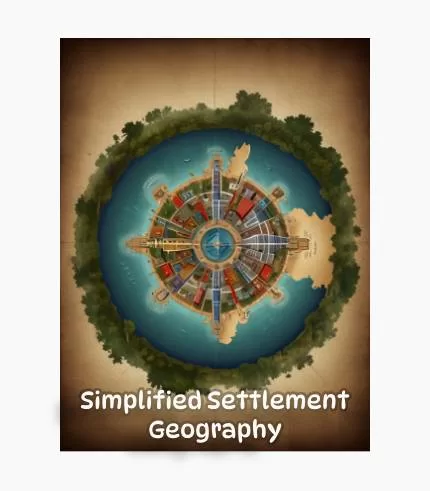

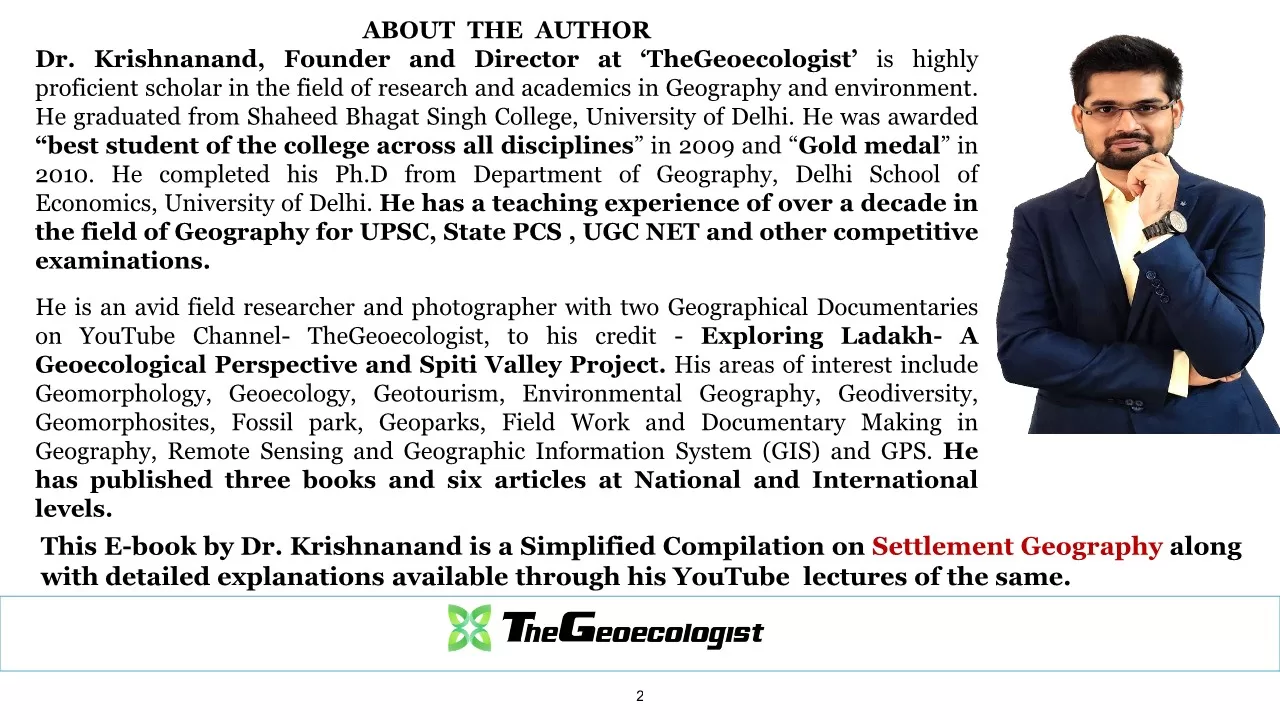
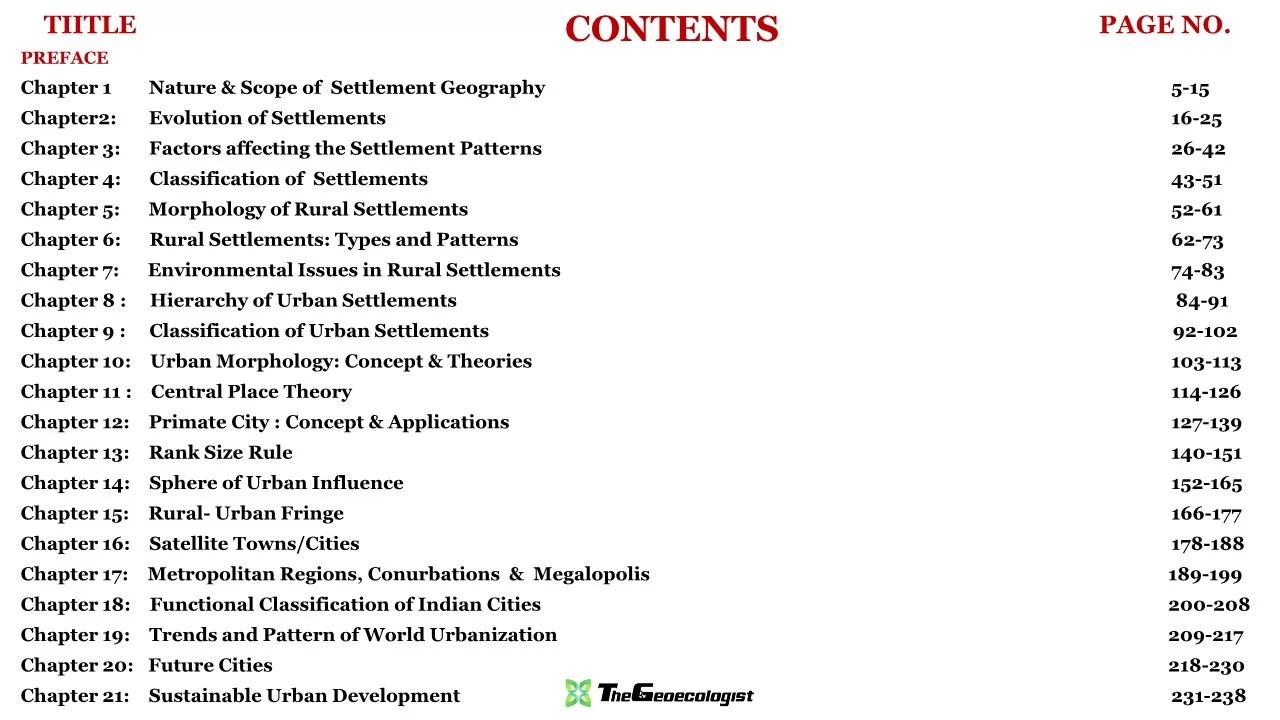
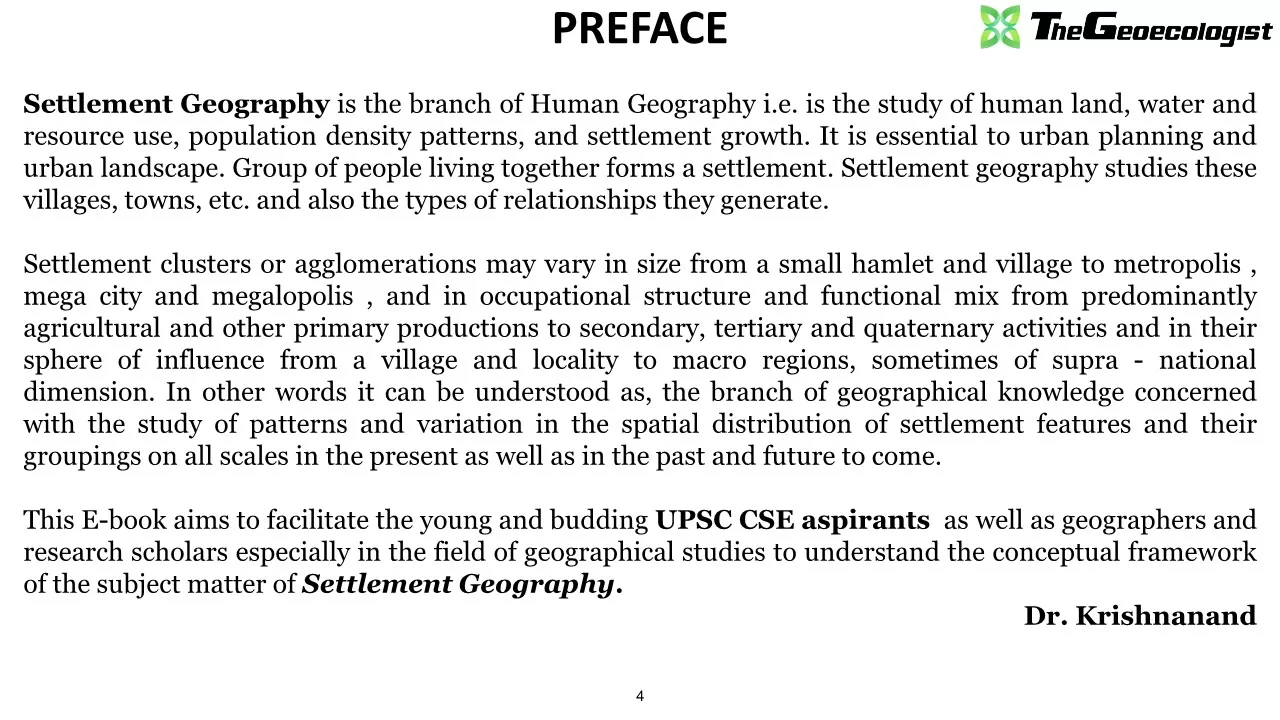
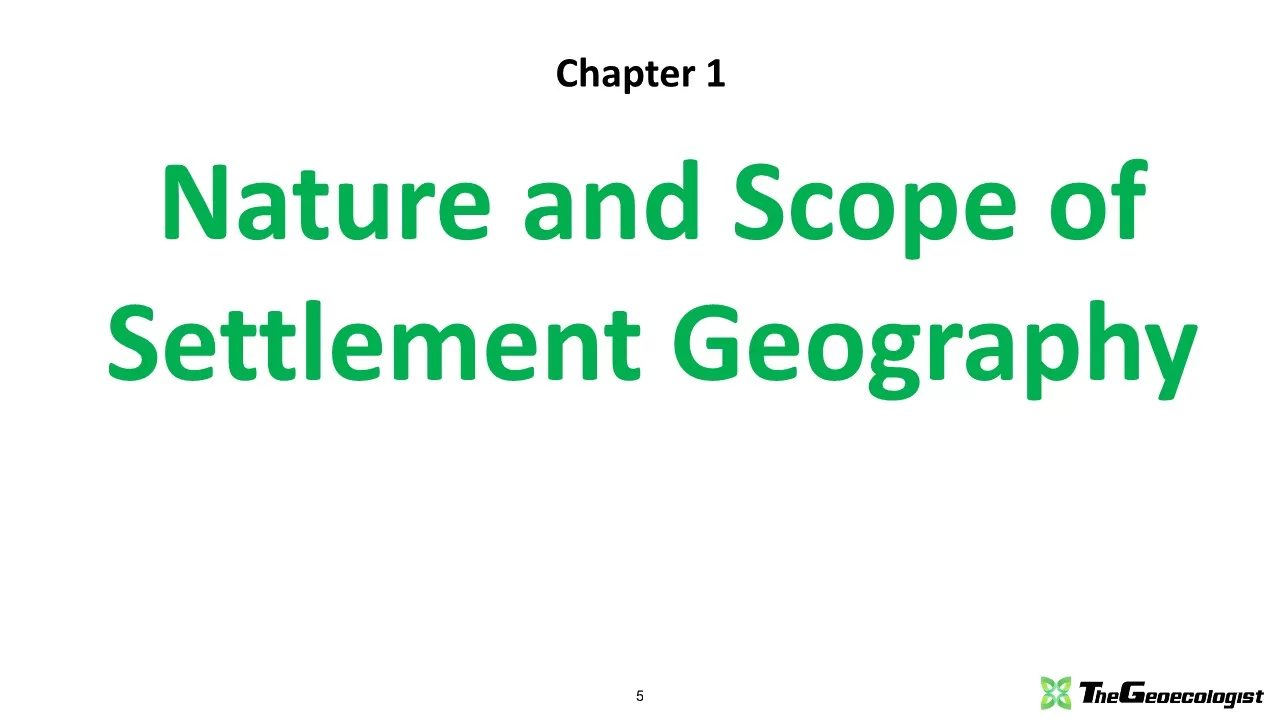
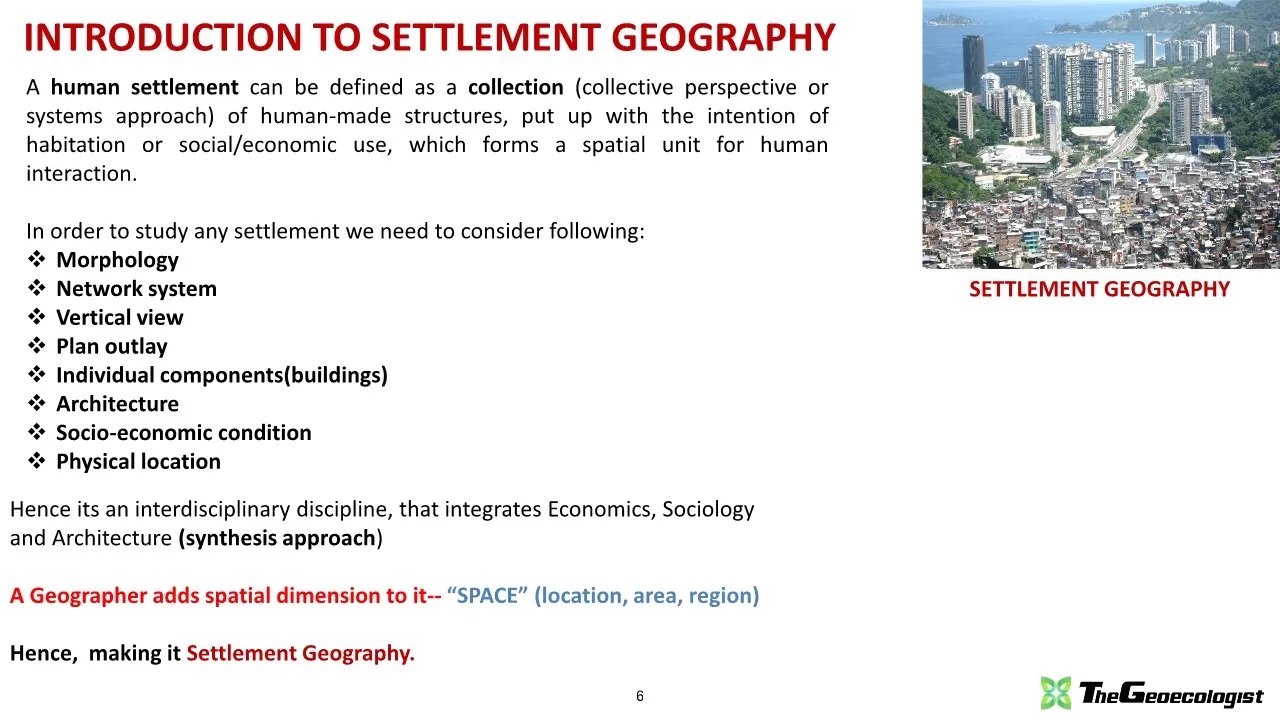
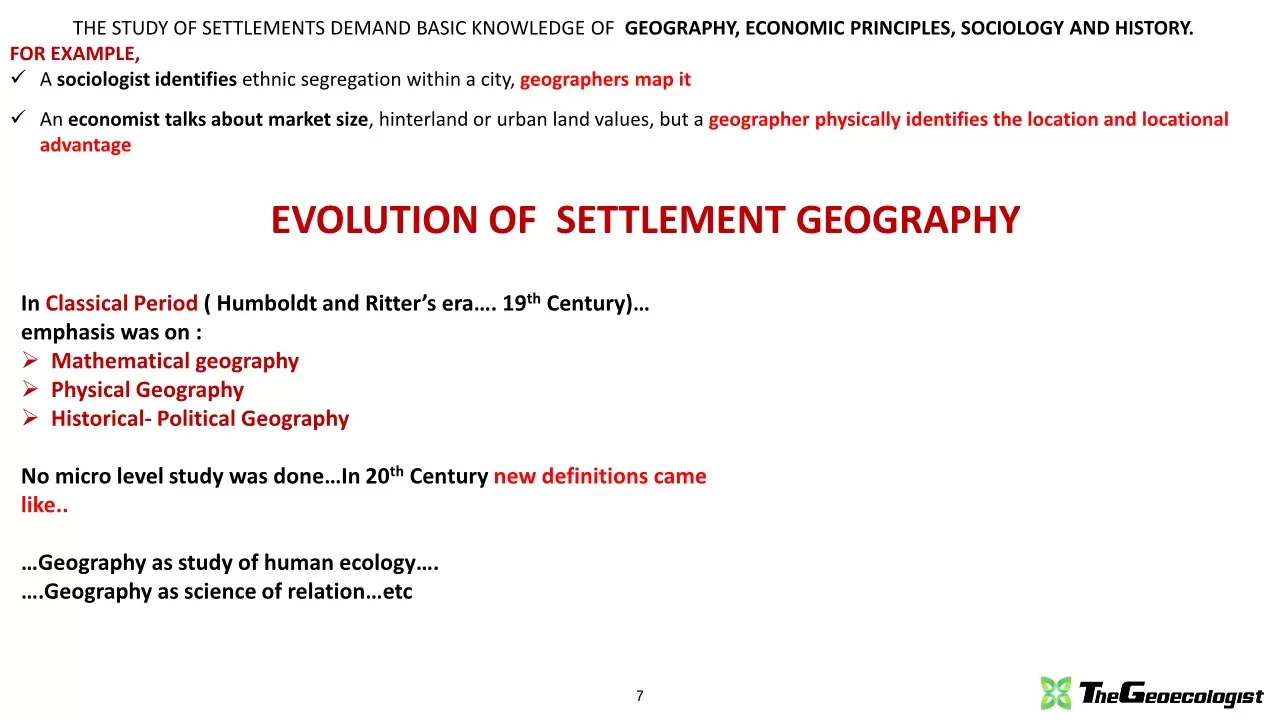
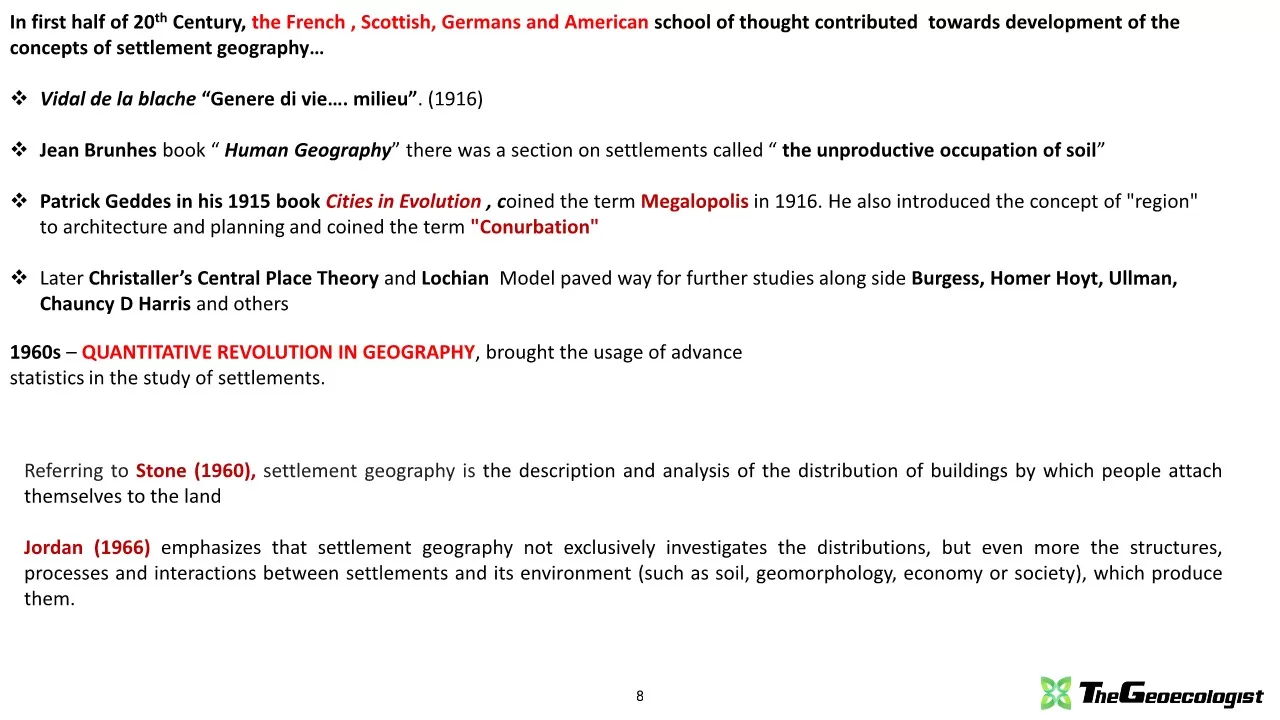
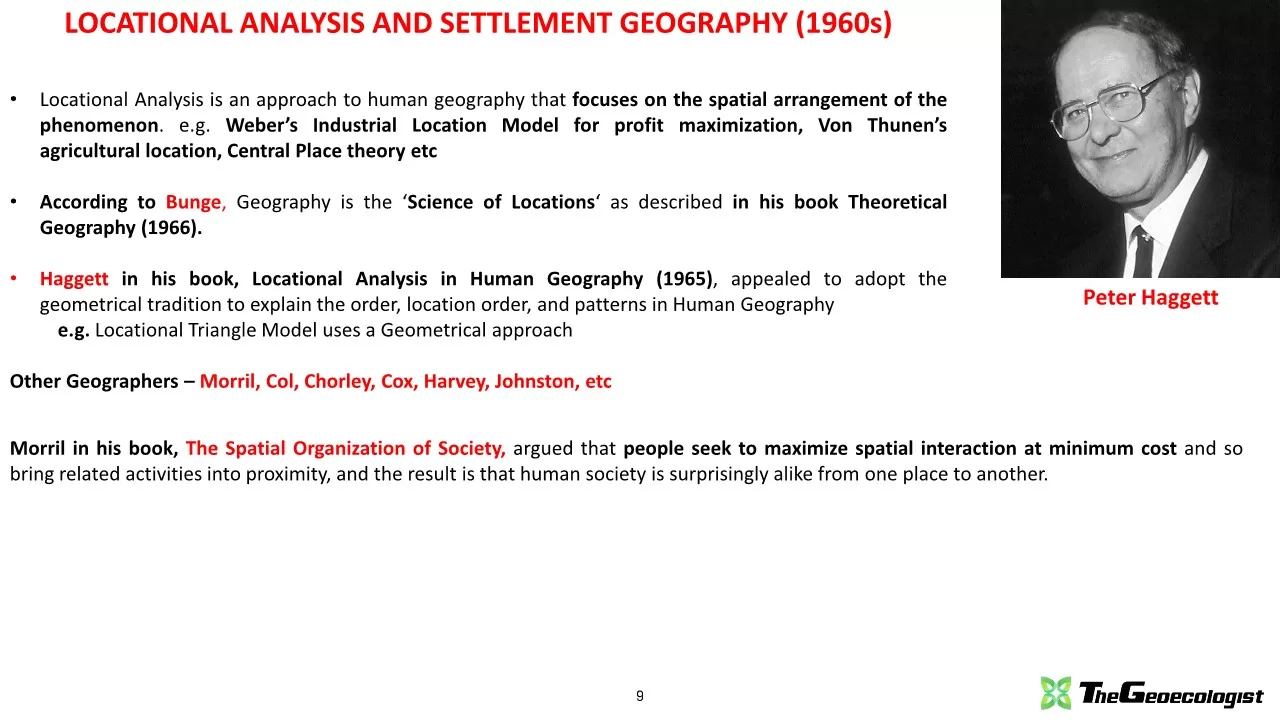












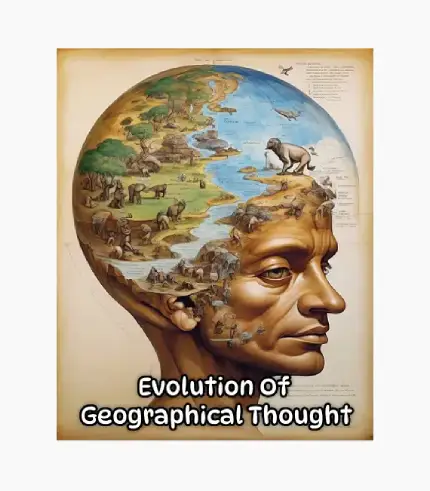



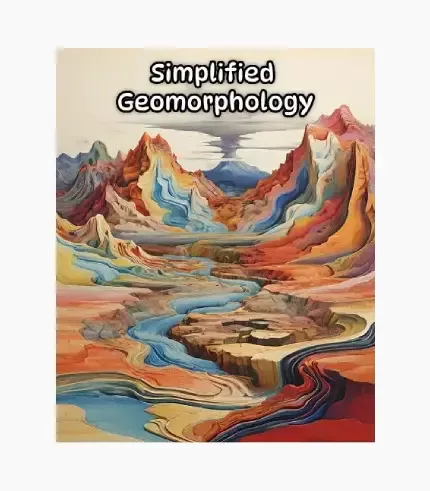

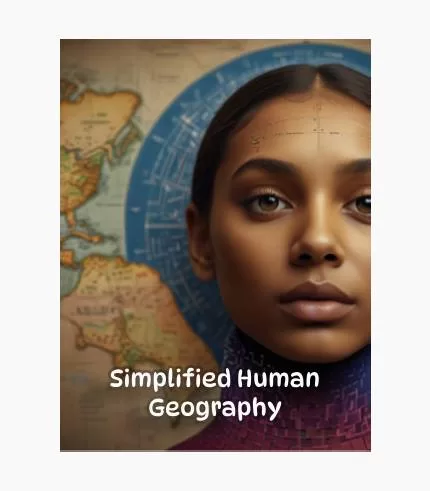

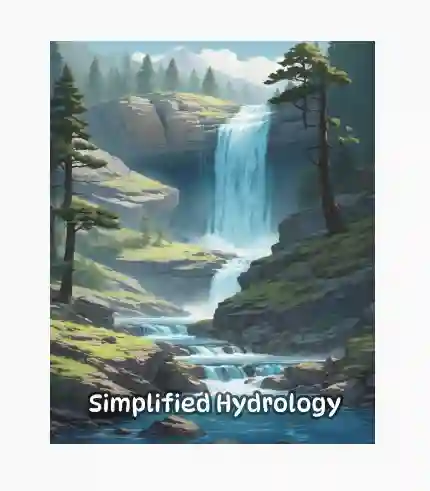

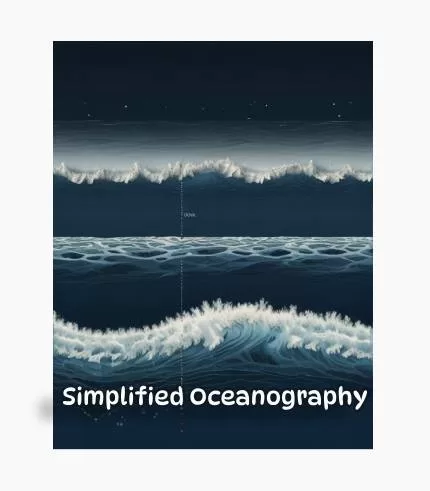

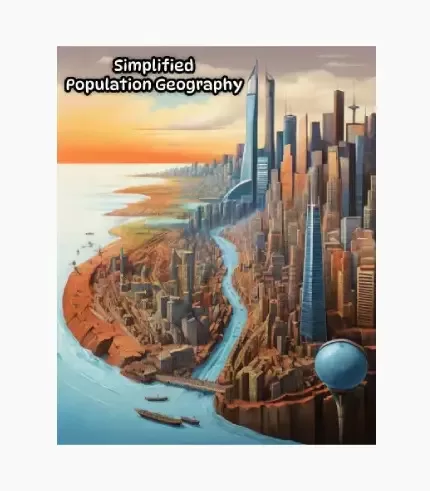

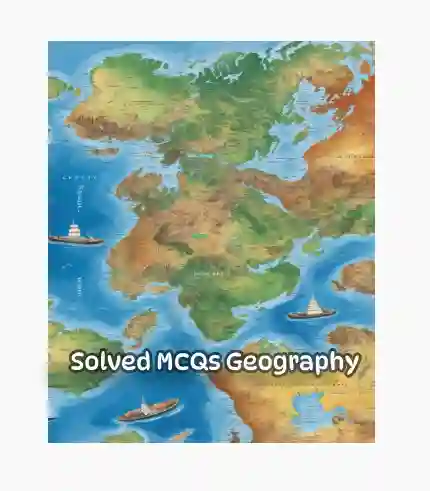
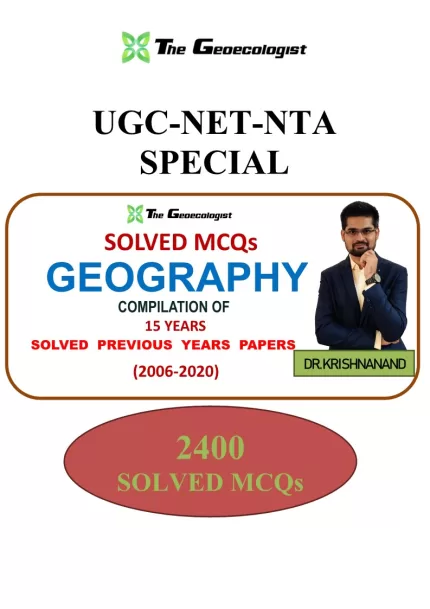
Reviews
There are no reviews yet.